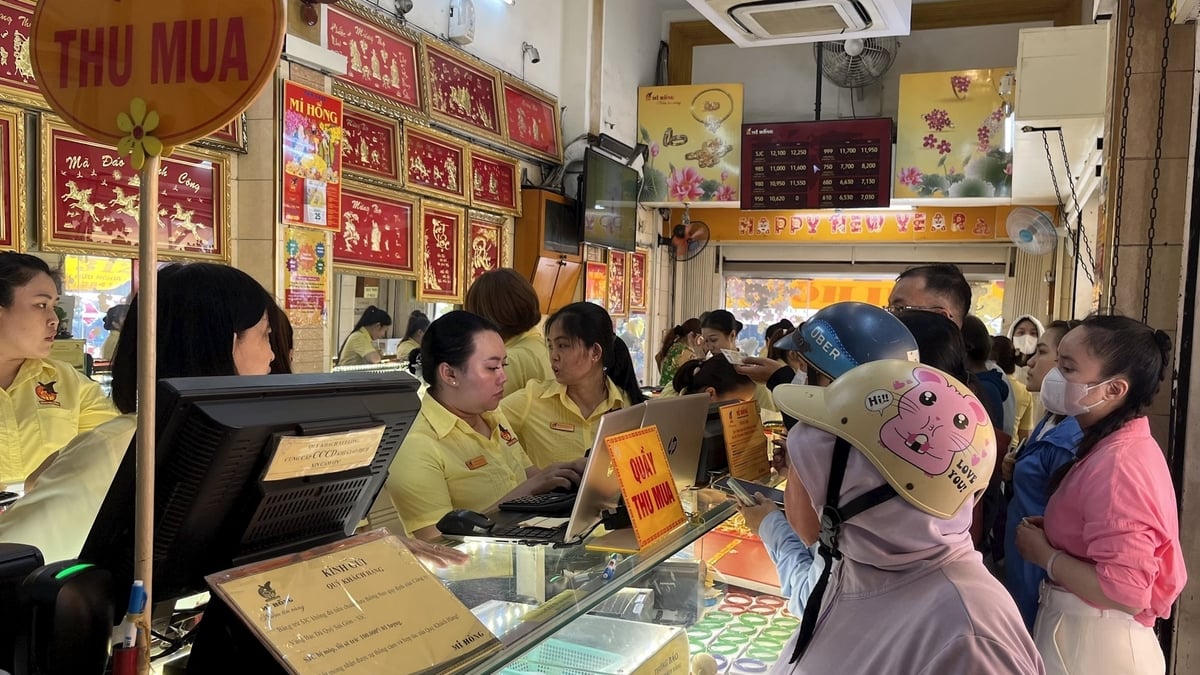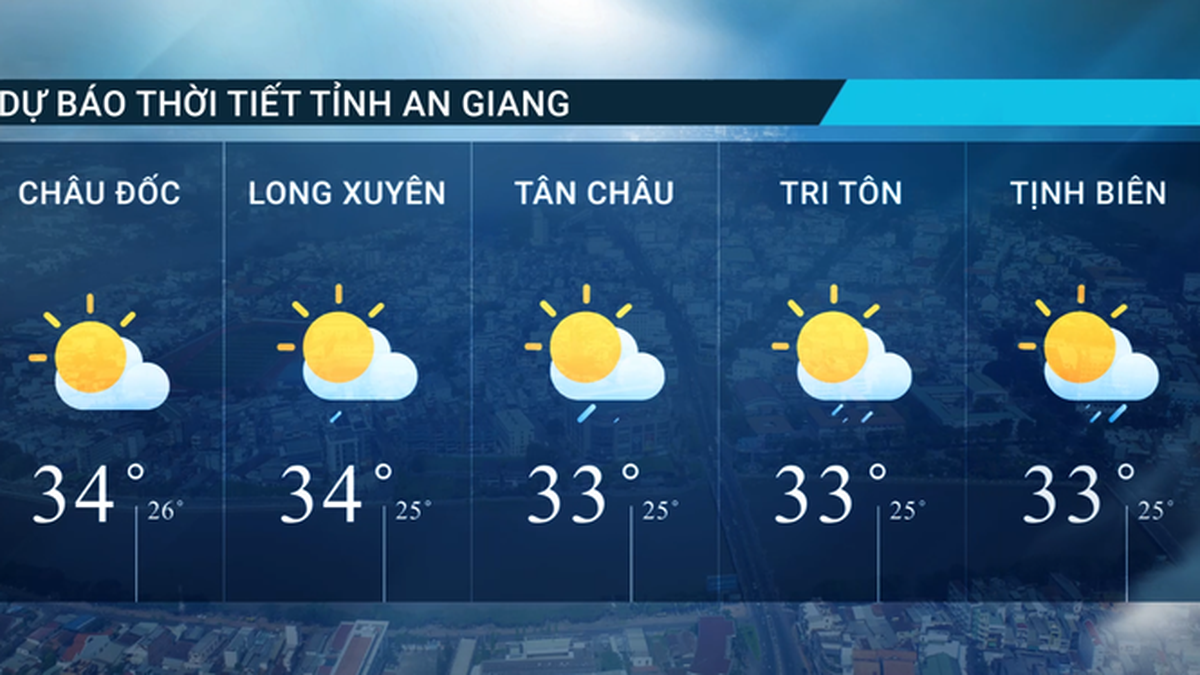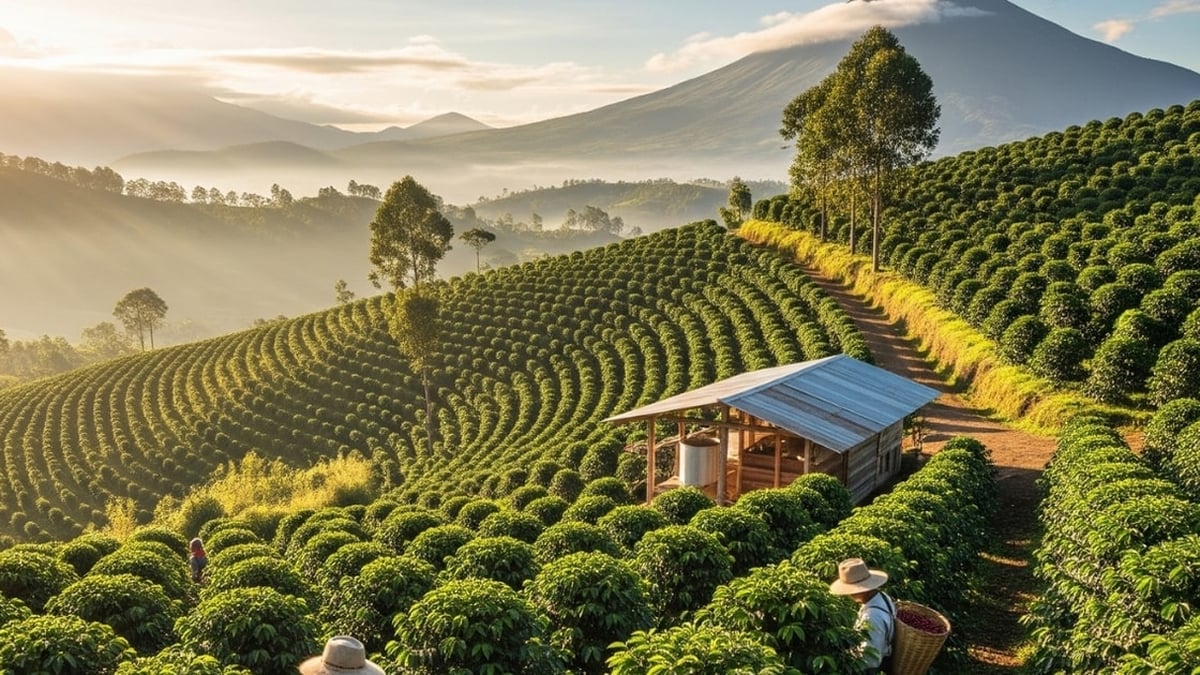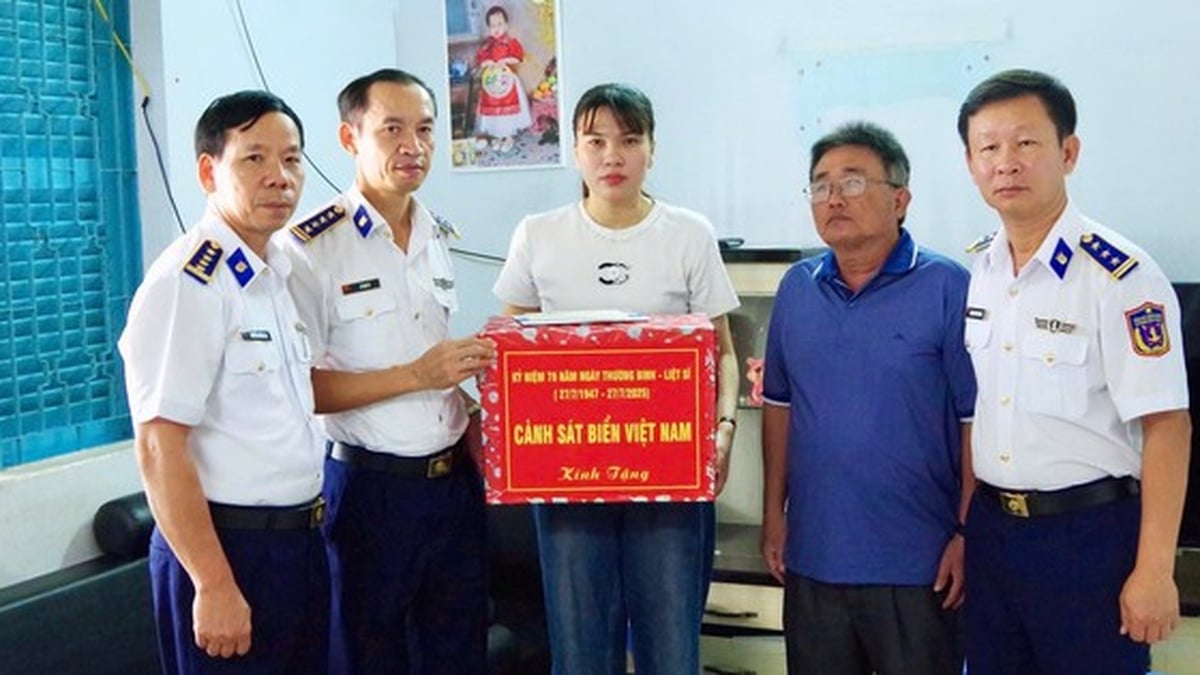After nearly three decades of installing plastic greenhouses (also known as greenhouses), the value of agricultural production has increased fivefold, tenfold. However, the downside of greenhouses has contributed to negative impacts on the ecological environment and tourist landscape. There have been many solutions to gradually reduce and completely replace the white color of greenhouses to return the original green color of the town, neighboring districts and the inner city of Da Lat - Lam Dong in particular, the Central Highlands in general from 2025 to 2030, but in practice, many obstacles and difficulties have been encountered. So what more effective solutions are needed to change the white to green color of the inner city of Da Lat agriculture and the town, neighboring districts, and how much more time is needed to implement it???
It has been nearly 30 years since Dalat Hasfarm Company Limited from the Netherlands built the first wooden frame houses with plastic roofs (greenhouses) in Dalat, considered a symbol of high-tech agriculture, a breakthrough phenomenon in productivity, quality and socio -economic efficiency in the agricultural sector of Lam Dong province and currently there is no other farming solution that can replace it. Recently, many have commented that greenhouse farming has contributed to climate change in Dalat, is mainly responsible for floods, an extreme weather pattern as well as affecting the dreamy landscape and the "health" of the ecosystem of Dalat...
 |
| Using natural enemies instead of chemical pesticides at one of Dalat Hasfarm's greenhouse farms |
• PROACTIVELY ADJUST THE ENVIRONMENT TO SUIT MANY TYPES OF PLANT
Jolly Hydroponic Vegetable Farm is hidden behind the residential area of Tran Nhan Tong Street, Ward 8, Da Lat City. In the first 8 months of 2024, each day, it harvests, processes and packages to supply the domestic market with about 150 kg of various types of hydroponic vegetables, equivalent to an average revenue of 5 million VND/1,200 m2 of greenhouse area. Accounting for all costs, including greenhouse depreciation costs, the farm earns a net profit of more than 3 million VND/1,200 m2 each day. This roughly multiplies into an annual profit of more than 7.7 billion VND/ha. Mr. Phong Ngoc Dung (41 years old), who runs Jolly Hydroponic Vegetable Farm, said that this is the 8th year that the Farm has operated a hydroponic system to care for greenhouse vegetables on the basis of converting from fruit-bearing persimmon trees and old coffee trees grown outdoors, with an unstable income of one or two tens of million VND per year. The scale of the first hydroponic vegetable farm in 2017 with an area of 300 m2 for pre-processing, post-harvest packaging, seedling nursery, 1,500 m2 greenhouse inside with closed hydroponic reflux line, total investment of more than 1 billion VND. All beginnings are difficult in the last 5 months of 2017, the farm planted 6 batches of hydroponic lettuce, total output of 30 tons. The market price at this time is about 20,000 VND/kg, equivalent to a total revenue of 600 million VND. The ratio of greenhouse depreciation costs, input costs is about 30%, the remaining 70% is net income.
Through each year of production, care and harvest, Jolly Hydroponic Vegetable Farm has gathered experiences to supplement new solutions for hydroponic vegetable cultivation to further improve quality and economic efficiency. That is the design to increase the height of the hydroponic system in the greenhouse isolated from the ground from 1 floor to 2-3 floors; improve the automatic process of supplying and recirculating water combined with fertilizing and disease prevention, minimizing the loss of water volume flowing out; supplement a variety of hydroponic crops harvested every day. Reporters entered Jolly Hydroponic Vegetable Farm on a day at the end of August 2024 and noted that in addition to hydroponic lettuce, there were many types of vegetables and fruits competing to grow well, with a bumper crop every day such as watercress, cabbage, celery, cabbage, cauliflower, tomatoes, cucumbers, herbs... In which, the initial success was achieved in controlling the hydroponic network to grow tomatoes for 75 days, and harvest continuously for up to 150 days; Cucumbers grow for 45 days, harvest for 60 days, the yield is not lower than that of growing in pots of substrate arranged in a greenhouse. Mr. Dung said: “In the same greenhouse environment, compared to growing directly in the ground or on a drip irrigation substrate, hydroponic cucumbers and tomatoes save 50 - 60% of fertilizer. Compared to growing outdoors, hydroponic vegetables, tubers and fruits grown in greenhouse farms increase by 6 - 7 crops per year. Notably, during the 6 months of the rainy season every year, the farm arranges to build a fast drainage system, so it does not contribute to local flooding…”.
From the high-profit production of Jolly Hydroponic Vegetable Farm, Ward 8, Da Lat City, it is consistent with the assessment of Dalat Hasfarm Company Limited: It is necessary to determine that the application of high technology in agricultural production does not only include simple greenhouse farming solutions, but also many other solutions such as agriculture 4.0, smart agriculture, circular agriculture or the latest application of artificial intelligence (AI). Greenhouse farming also entails a series of other benefits such as reducing the amount of irrigation water, reducing evaporation, collecting and reusing irrigation water, reducing the amount of chemicals and pesticides, protecting crops from extreme weather conditions, suitable for farming using disease prevention solutions using natural enemies and beneficial antagonistic fungi. “The solution of applying agricultural greenhouse technology has been applied by countries around the world for hundreds of years. Dalat Hasfarm Company Limited has chosen the solution of cultivating in greenhouses for the past 30 years, because it meets the reasonable investment level to create the most suitable artificial environment for the crops. The more modern the greenhouse is, the more conditions there are to proactively adjust the environment to suit many difficult and imported crops. By simply changing a few necessary equipment and technical parameters, a greenhouse can be suitable for cultivating a completely different crop compared to previous crops…”, Dalat Hasfarm Company Limited shared.
• IDENTIFY NEGATIVE FACTORS ON THE “HEALTH” OF THE ECOSYSTEM
According to Dalat Hasfarm Company Limited, currently, not only in Da Lat City, Lam Dong Province of Vietnam in particular, but also in many countries with developed agriculture such as the Netherlands, France, Belgium, China, Taiwan ..., agricultural enterprises still choose the solution of cultivating in greenhouses. And in fact, there is no cultivation solution that has been applied quickly, effectively, and brought about significant socio-economic results like the solution of cultivating in greenhouses and net houses mentioned above.
According to 2017 statistics, there are 3,462,170 hectares of greenhouses in the world, of which the Netherlands is the leading country with 120,000 hectares/2 million hectares of agricultural land, mainly concentrated in the Westland region (area of nearly 90.6 km2 ). By November 2023, 3 new greenhouse areas are being planned here with each area of about 500 hectares and will apply new energy solutions using "geoenergy". As a result, in 2017, the Netherlands exported more than 100 billion USD worth of agricultural products, ranking second in the world after the US, a country with an area 270 times larger than the Netherlands. Since 2000, Dutch farmers have reduced their dependence on water resources by 90% for major crops and almost completely eliminated the use of chemical pesticides on greenhouse crops.
Through this, Dalat Hasfarm Company Limited believes that the negative impacts on the "health" of the ecosystem are largely due to planning and infrastructure issues in areas with concentrated greenhouses. Moreover, up to now, there has been no research project in the world that raises the issue of greenhouses causing flooding or reducing groundwater. However, areas with "hot" development of greenhouse and net house farming solutions actually bring certain consequences to the tourist landscape and ecosystem typical of the Southern Central Highlands. Therefore, Dalat Hasfarm Company Limited emphasizes: "To maximize efficiency, it is necessary to combine many different farming solutions, as well as a process from production to consumption in a suitable way for each product. And most importantly, the role of state management agencies in planning and orienting the development of agricultural greenhouses...".
(TO BE CONTINUED)
Source: http://baolamdong.vn/kinh-te/202409/doi-trang-thanh-xanh-hanh-trinh-bao-lau-nua-bai-1-5853833/
































































































Comment (0)